It’s impossible to overstate the value of customer references. Whether you have $1m or $100m in ARR, when your customers demonstrate how they’re using your solutions, future customers see themselves in these examples bringing to life the value of your offerings. A strong reference from a current customer is so powerful that it can even transcend fierce competition, the norm for most of us in the rapidly maturing B2B SaaS industry.
Unfortunately, the reality is that even the most enamored customers aren't likely letting anyone else know about you. In studies from two industries, only 10% of the “promoters” in NPS surveys actually referred profitable business. Plus, executing a customer reference program takes lots of discipline and resources. For these reasons, we decided that this is a problem worth solving.
It has taken us over a year but we’ve cracked the code and productized a scalable way to harvest more customer references. Fortunately, we didn’t need to look very hard to find the signals that lead us to believe a customer is referenceable. The answers were right under our noses all along in the day to day interactions that our teams have with customers. That’s right, customers are signaling their willingness to provide references, testimonials, positive reviews and the like every day.
Here’s how it works. We’ve built technology that detects items of importance like customer references (among other things) in customer-to-business communications (email, support tickets, video conferences, etc.). For example, when a customer responds to an email or support ticket with, “I can’t thank you enough --- you just saved me so much time! You’re the best!”, Sturdy will instantly recognize this as a potential reference signal, flag it, and alert the appropriate person or team. We’ve even set up integrations with Slack and Teams so when a potential customer reference is detected, Sturdy chirps the notification right into a #customer-reference channel. Say hello to a self-sustaining customer reference funnel.

Getting started is easy.
Set up takes less than an hour for most operations / IT teams. We installed the Sturdy Salesforce.com app from the AppExchange (this is in private beta at the moment and we are accepting new users weekly here). Next, we synced our customer success and support teams’ email accounts (we use Gmail but we have an Outlook integration as well) with Sturdy’s email ingestion API. Once connected to the data sources where customers communicate with us, the rest is really easy. Time to value is a matter of days and weeks. And, there is no significant change management required. Turn it on and let the machine run. The cherry on top is that the AI gets smarter with every customer message.
1. Log into Sturdy (if you have a Slack or Teams integration you can skip step 1) and select the “Reference” signal. Sturdy will immediately surface any customer communications that contain potential references. Screenshot below.

Below is an example of a customer reference signal that I found this morning. Note that I have a privacy feature enabled here that anonymizes the data for the purposes of privacy and compliance.. In this message, Henry Goldberg is effusive in his praise for the product and the level of service provided to him.

2. Next, Sturdy alerts our customer marketing team of a new potential reference. Upon receiving this signal, our team will gather some information about the account and the user and determine what type of reference we want to ask for (peer-to-peer, review, case study, referrals, testimonial, etc) and who will make the request. Here’s another example of a customer all but volunteering to be a reference. Based on the anonymized aggregate data of our B2B SaaS customers, we've found that >1.5% of all customer communications include a customer reference signal.

3. The final step is to reach out to the customer with your “ask”. Every team is going to have some nuance here. We use a couple of different “plays”. Our favorite is the progressive / multi-step “swag+” play. When our team receives a reference signal, our CS and support teammates are empowered to ask our customers for an address where we can send a care package of swag. A few days later, we let the customer know that their Sturdy swag is on the way and then we ask if the customer would consider serving as a reference. Our success rate when using this play is nearly 100%.
Creating a self-sustaining customer reference funnel starts with consistently detecting the right signals and getting your customers’ voice to the right people at the right time. These signals are pure gold to every customer marketing team. The best part is that unlike traditional, resource -intensive customer reference strategies, Sturdy makes it virtually automatic. Turn it on and let it rip. Get a steady stream of potential customer references delivered in Slack, email or via dashboard - however you choose.
Want to get more customer references?
If this sounds interesting, our enterprise beta program is in full swing. If you are interested in creating an automated customer reference funnel, here is a link to register for our public beta program.

.png)

.png)
.png)

